MINICOLA FAMILY HISTORY
Early History of the Minicola Family
After the fall of the Roman empire in 476 AD, Italy was fragmented into various city-states and Kingdoms. Italy would not exist again as a country until 1871. By the 1840’s the southern part of the Italian peninsula also known as the Mezzogiorno had been ruled by various foreign powers for hundreds of years. Southern peasants lived in extreme poverty and land ownership outside of the ruling class was virtually non-existent. By 1848 the idea of a unified Italy under Italian rule had taken root and a series of revolutions began.
Giuseppe Garabaldi and his volunteer army forced out the Spanish Bourbon rulers of southern Italy by 1860, laying the groundwork for a unified Italy in 1871. Rome became the capital of the new country but the government did little to improve conditions for the southern Italians. Already living in crushing poverty, the southern peasants were now compelled to pay high taxes imposed by the new northern government making it even more difficult to provide for their families.
By the 1880’s southern Italy was in the throes of emigration fever, and some of the small villages were literally decimated. The landowners maintained a feudal hold over the villagers and tried to oppose emigration, but with little success…. Most of southern Italy was in the grip of poverty toward the end of the 1800’s, and the villagers were especially drawn to the opportunities North America offered. The small town of Roseto Valfortore in the province of Foggia, where our Minicola ancestors originated, was no different as many there contemplated leaving for America.
A Snapshot of Roseto Valfortore in the 19th Century.
In the early 1880’s Roseto Valfortore was a village of twenty-five hundred on the Adriatic side of southern Italy in the province of Foggia. The town is perched on a steeply slanting hillside near the top of a small mountain that rises abruptly from the coastal plain. The maximum elevation is 1,150 meters, but the center of town is only 650 meters above sea level. Roseto Valfortore is near the border of neighboring Benevento Province, approximately thirty miles inland from the Adriatic seaport Bari. During the Roman era its rose-covered countryside prompted the name Rosetum. The way of life of the paesani, or villagers, has hardly changed over the past hundred years. They farm small patches of rough ground on the terraced hillside and each year raise one or two pigs. The village, like half a dozen others scattered over the sides of the small mountain, is under the prefecture of Naples.
Greetings from Roseto Valfortore
About our Minicola ancestors in Italy.
Our earliest known Minicola ancestor (so far) is Marcello Menecola and his wife Catarina Carescia. Marcello was born around 1677 in Roseto Valfortore. Records from the time show our ancestor’s occupations as either Massaro (Farm Manager), Contadino (Farmer) or Bracciale (Day Laborer) . The implication with these occupations is that the worker does not own any farmland of their own and that they are simply employed to work land owned by a few wealthy landowners.
Note that the family name in Italy was spelled Menecola but was changed to Minicola after their arrival in Canada. It’s most likely the name was simply transcribed incorrectly due to the language barrier and the change just stuck. It’s my understanding that the pronunciation of Menecola in Italian is virtually the same as Minicola in English so it might have just been transcribed phonetically.
Other reasons for emigration from Roseto Valfortore.
Martha Policelli Livingston recalls asking her father, Michael Anthony Policelli, why the family had left Italy. He replied that there were basically two reasons. One was a chance for a better standard of living and the other was to escape the cholera. Apparently cholera epidemics ravaged the population every 6-8 years. The infant mortality rate was about 50% and it was suspected that the communal water supply was contaminated. It seemed that as soon as an infant was weaned there was a high probability that they would become sick and die of dehydration from the poor water supply. Generations of such despair would certainly explain the strong motivation to leave for a chance at a better, longer life. Credit to Martha Policelli Livingston’s book “The Policelli Family of Roseto”.
One of the first to emigrate from Roseto Valfortore was Father Luigi Sabetti. He was ordained in 1868 and left for America to accept a position as a theology professor at Woodstock College in Maryland. He wrote many enthusiastic letters to family and friends back home in Roseto inspiring many Rosetans to consider emigration to America. It was just a few short years later in 1882 that the first group left Roseto.
After initial opposition by local authorities the first group of eleven men left Roseto Valfortore in January 1882. Eight of that group eventually secured employment in the slate quarries near what would later become Roseto, Pennsylvania. One of that first group, Giuseppe Albanese, returned to Roseto Valfortore and his experience influenced others to consider emigration. One of them was a wealthy doctor named Giuseppe Cardo.
A second group left Roseto Valfortore in 1883. Research shows there may have been as many as 47 in this group including Dr. Cardo. He also sponsored either 9 or 15 of that group by lending them money to pay for the trip to New York from the port of Naples in April, 1883. Among this second group was my great grandfather Filippo Menecola and his oldest son Nicola.
Leaving Italy
Filipo Menecola along with his eldest son Nicola were among the second group that emigrated to America accompanied by Dr. Cardo. They left Roseto Valfotore in March 1883 traveling by train to Naples. There they boarded the Anchor Lines steamer Brittania bound for New York, arriving at the port of New York on April 23rd, 1883. Dr. Cardo secured employment for the group as laborers in Amsterdam, New York likely on the construction of the West Shore Railroad which was completed by early June, 1883.
In July 1883 the group found employment in the area of Peterborough, Ontario near Indian River working as laborers for the Canadian Pacific Railway which was then constructing their rail line from Peterborough to Perth. After a short six months winter came, their jobs ended and the group disbanded. They failed to repay Dr. Cardo who returned to Italy feeling deserted and embittered. Some of the group then joined their fellow Rosetans already working in the slate mines of Bangor, Pennsylvania: Lorenzo Pacifico, Algelo Maria Castellucci, Domenico Stefano Ruggiero, Nicola Falcone, Nicola Cacciacarro, Nicolangelo and Lorenzo D’Uva and Nicola Rosato. In 1887 Nicola Rosato built the first home in the new settlement close to Bangor, PA that they called New Italy. It was later renamed Roseto after their home town back in Italy.
The Minicola family may have spent some time in Pennsylvania as well and likely also worked in the area of Peterborough, Ontario in 1884 and 1885. Jobs were plentiful in the area with numerous railway projects and the building of the Trent Severn canal system. They ended up eventually settling in Peterborough, Ontario and the rest of the family was brought over from Italy in 1886. Mother Lucia (Ronca) and the rest of the children: Marguerite, Rosaria, Leonardo, Donato, Maria and Pasqualina arrived in New York on September 16th, 1886. Also listed on the manifest is the oldest son Nicola Menecola who must have made the long trip back to Italy to help settle the family’s affairs and to accompany the rest of the family to Canada. They traveled on the Anchor Lines steamer Brittania, the same ship Filippo and Nicola had sailed on 3 years earlier. On the ship’s manifest Mother Lucia and the rest of the children are listed with her surname, Ronca. I found this confusing at first but then I did some research and realized it’s because married women keep their original surname in Italy and it was likely easier to keep track of the children in the manifest since they were traveling with their mother.
Early Years in Canada
The earliest listing for the Minicola family in Peterborough is in the 1888 Peterborough Directory showing ‘Philip Minigold’, laborer living at 67 Elm St. The writers of directory must have had problems understanding his thick Italian accent. For a brief period of time before this they may have also lived in Trenton, Belleville and Cornwall, Ontario. The majority of these early years in Canada were likely spent in the Peterborough area working as laborers.
The 1891 census of Canada lists the family as living in Peterborough, probably at 67 Elm although the address is not listed in the records. The records show Philipho 49, Lucie 45, Edward 14, Thomas 13, Mary 10, Norrie 8, Joseph 3, Nicolas 27, Matilda 23 and three Lodgers including Cipriano and Filomena DeFranco. Cipriano DeFraco had traveled from Roseto Valfortore with the Minicolas in April of 1883. As for what they were doing at the time – Filippo and Nicola are listed as General Laborers and young Edward (Leonardo) is listed as a Water boy. Edward, Thomas, Mary and Norrie are listed as being able to read and write. It appears they were able to attend school during these early years allowing them to learn to read and write in English. Note the names that were changed: Leonardo is listed as Edward, Donato is listed as Thomas and Pasqualina is listed as Norrie. Pasqualina was later known as Nora. The two older girls – Margerita and Rosaria are not listed as they had both married and moved away by this time. Margerita had married Donato Sabatino and was living in Lakefield. Rosaria had married Antonio Vecchio and was living in Toronto.
The family was renting the house at 67 Elm up until 1894. According to Peterborough city land records Filippo was finally able to purchase the house in 1894 from George A. Cox for the sum of $1000. In later years the houses on the street were renumbered and 67 Elm became 519 Elm. After 1955 the street name was changed to Hopkins Avenue. The old family homestead is still there at 519 Hopkins, the red brick covered in white aluminum siding. The home was converted into apartments years ago and is no longer owned by the family
Later years in Peterborough, Ontario
Filippo Menecola is listed as owner and grocer at 519 Elm until 1901. In the 1901 Canadian census he is listed as living at a property in North Monaghan (later Erskine Ave) and his occupation is listed as a farmer. By 1911 Leonardo Minicola and his family are listed at the Erskine ave property in North Monaghan. That same year the census lists Philip Manicola working as a labourer at ‘Stone Mill’ in Trenton, Ontario (Hastings West) . So it was some time between 1901 and 1911 that Filippo had returned to the Trenton/Belleville area to find work. Lucia Ronca stayed in Peterborough and was known as the strong matriarch of the family. She then ran the grocery store at 67 Elm Street. The large home was also used as a boarding house for newly arrived Italian immigrants.
Lucia Minicola is listed at 67 Elm St. in the Peterborough directories from 1901 to 1915. Both the 1901 census and the 1911 census list Lucia or Lucy Minicola as grocer at either 67 or 519 Elm St. She passed away on March 17th, 1915. Note that before 1908 the address is 67 Elm St. In 1908 the street is renumbered and the house number changes to 519 Elm St, it is the same house though. Filippo returned to Peterborough and lived out his later years at the House of Providence home for the aged. It was located at the site of St. Joseph’s hospital on Rogers Street in East City. He passed away on March 2nd, 1923 at the home of his son Donato (my great grandfather).
Roseto Valfortore, Italy


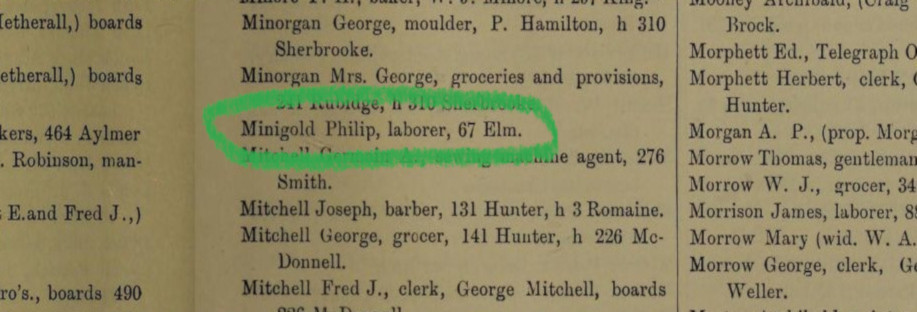
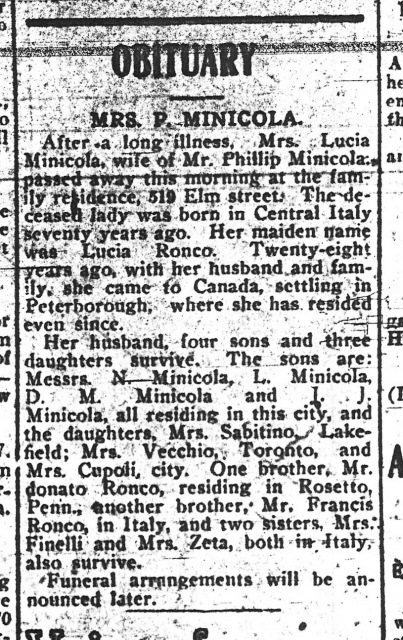
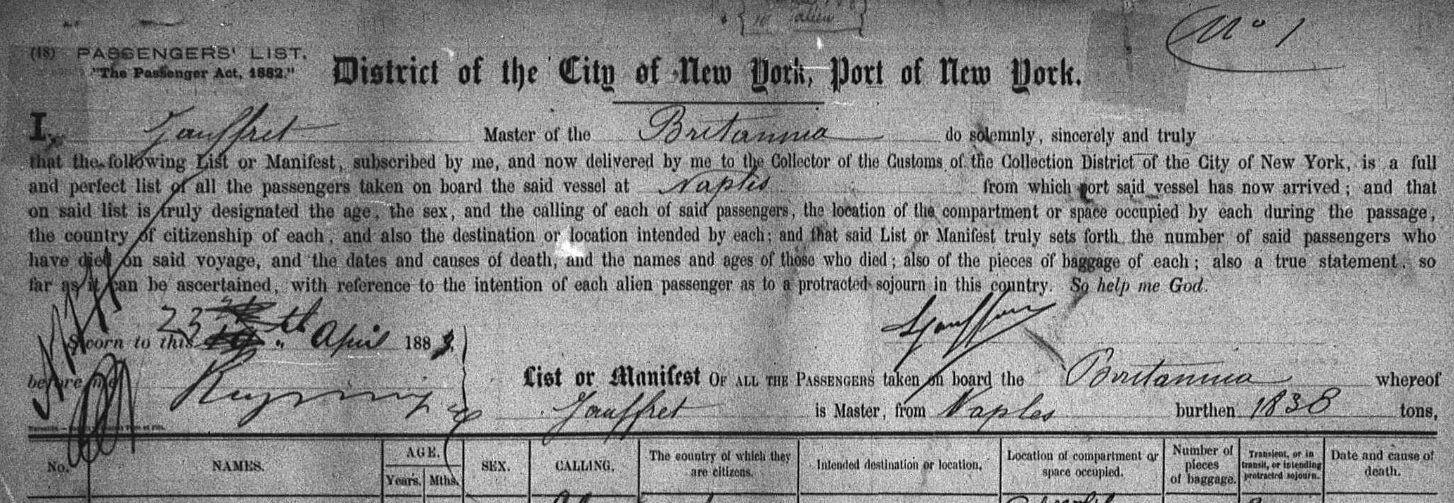
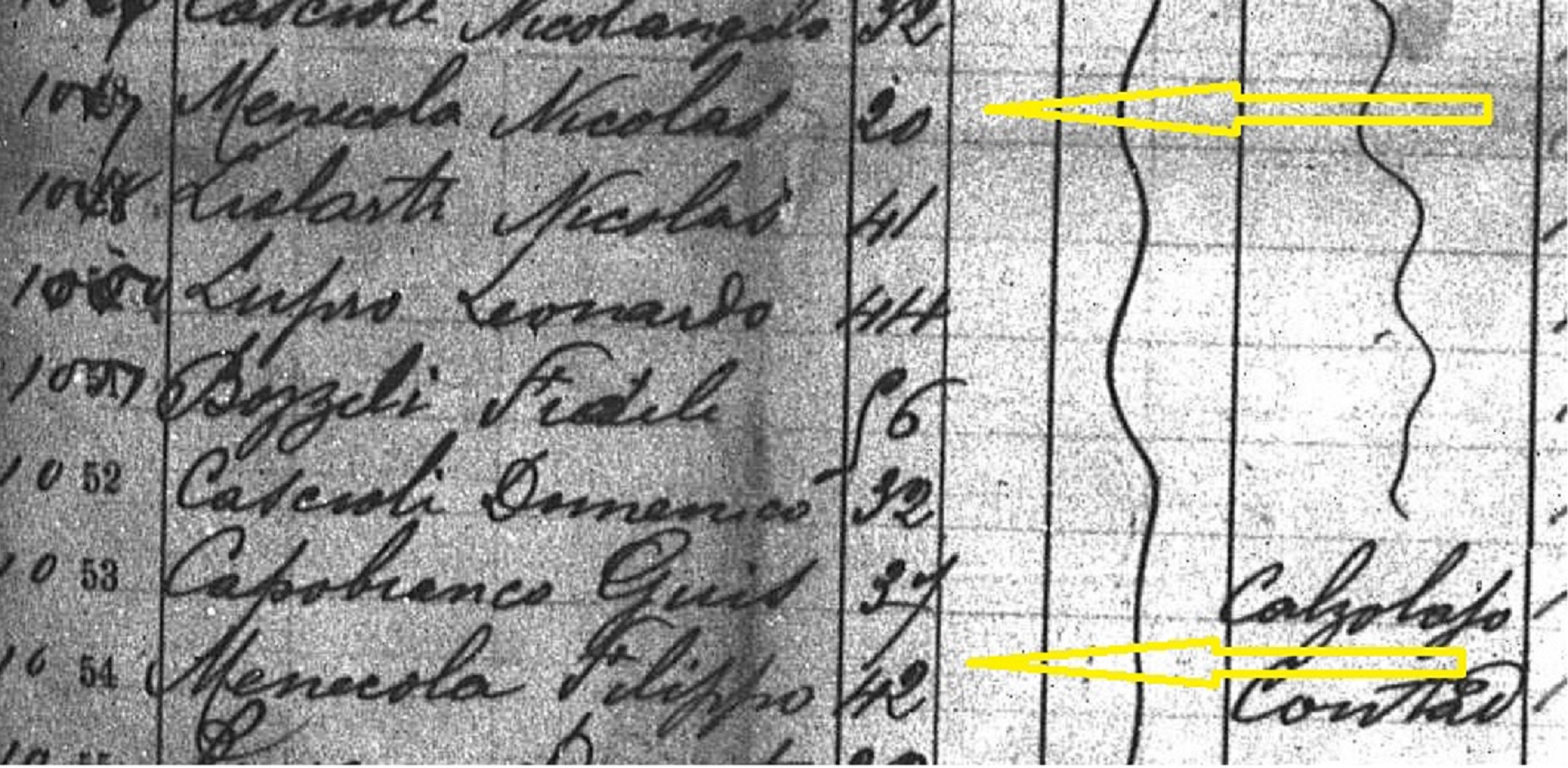
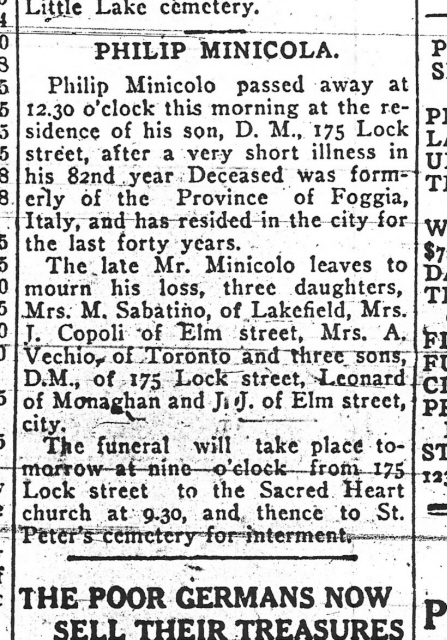
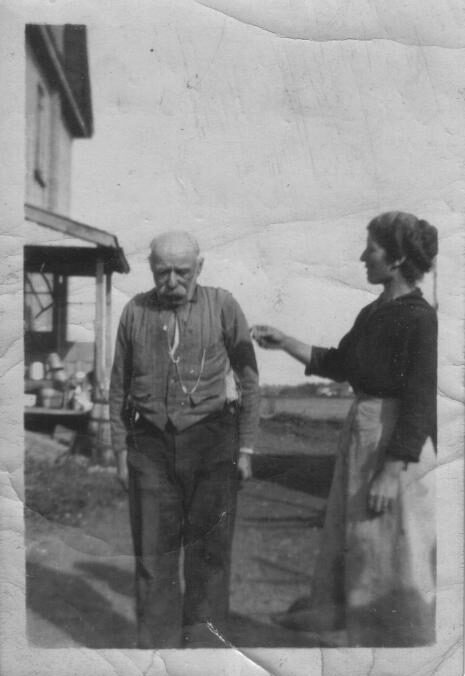
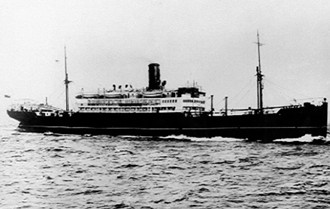
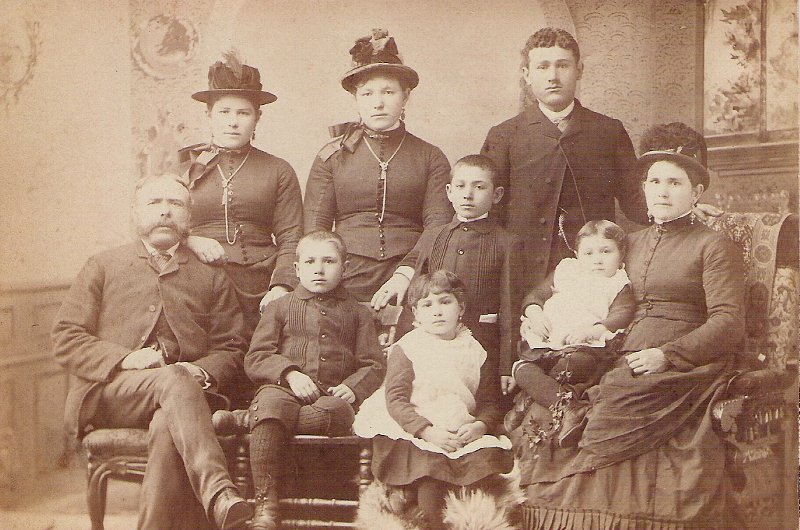
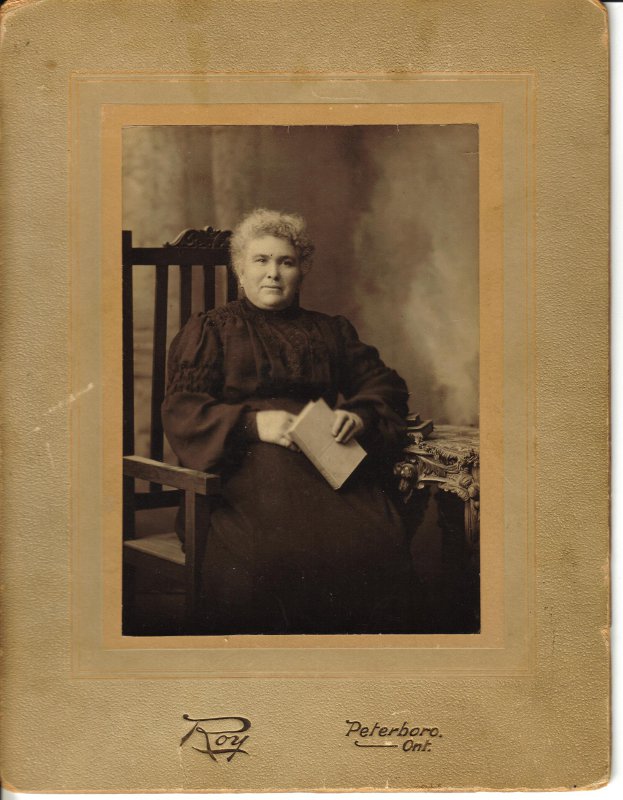
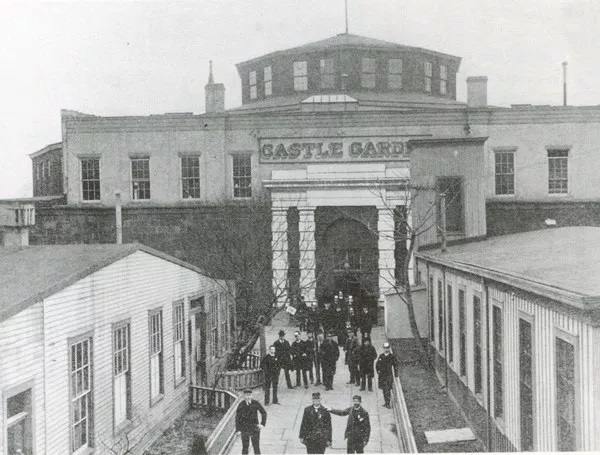
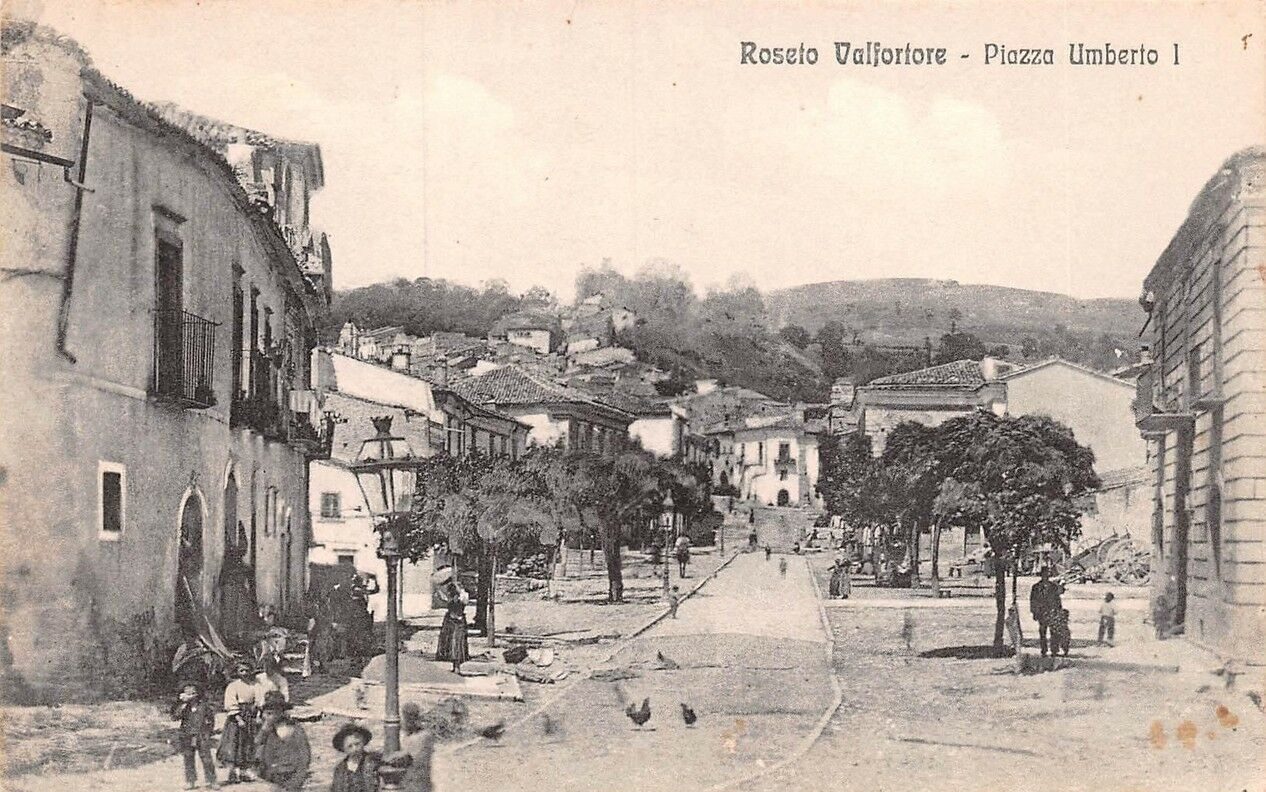
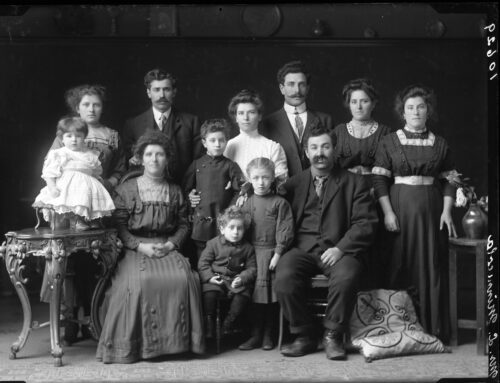
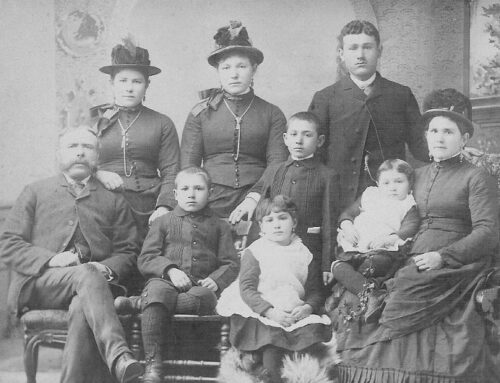

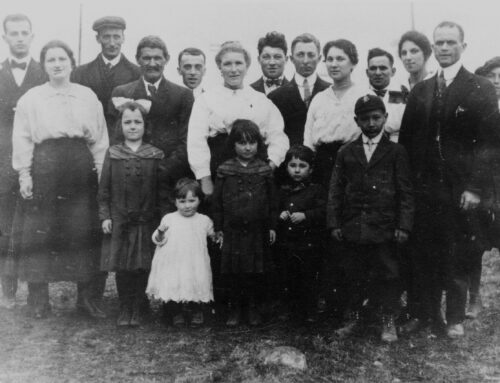
Leave A Comment